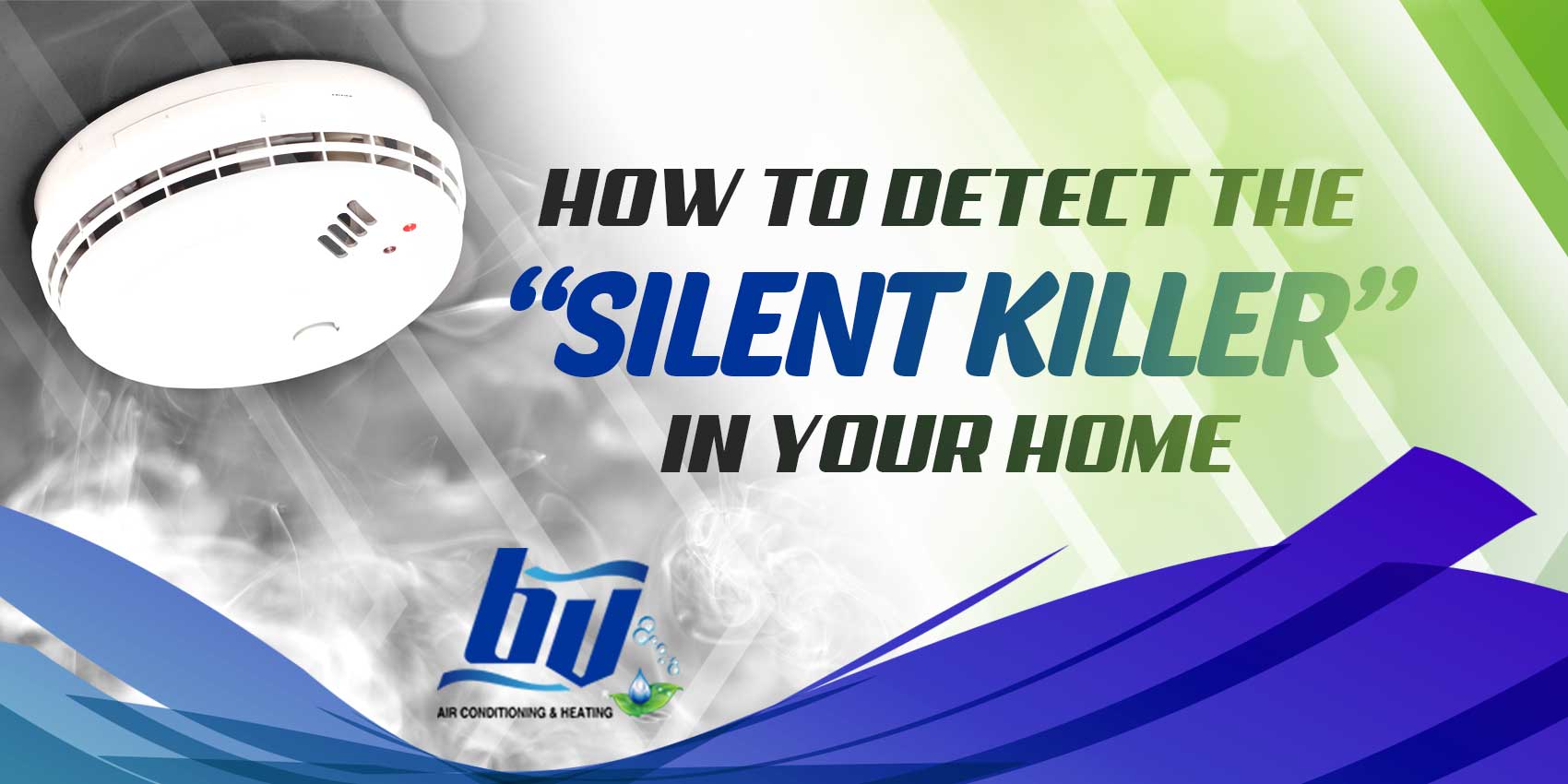Tasteless, odorless, colorless, invisible… what other ways should we describe carbon monoxide? Many call it the “silent killer.” In fact, accidental CO poisoning is found to be the cause of death of over 400 Americans each year. The Centers for Disease Control and Prevention also said that carbon monoxide poisoning was responsible for approximately 20,000 emergency room appointments and 4,000 hospitalizations.
Signs of CO Poisoning
Most often, it is difficult to detect carbon monoxide poisoning, and the signs are often overlooked. Improperly ventilated heating systems and appliances in an enclosed space allow the gas to accumulate to highly dangerous levels. Symptoms of CO poisoning may include the following:
- Weakness
- Dizziness
- Dull headache
- Shortness of breath
- Nausea or vomiting
- Loss of consciousness
- Blurred vision
- Be observant and vigilant.
- The moment the CO alarm goes off, quickly evacuate the area and check for symptoms or signs of poisoning. Symptoms may immediately show off after a person is poisoned. Call the nearest hospital for help.
- Check your carbon monoxide detectors routinely and diligently. Make sure it is working properly at all times. Always keep a battery on hand in case of power interruptions or failures.
- Have your chimney, furnace and fireplaces inspected annually or as needed. Avoid running your grills, stoves, or cars in tightly closed spaces.



